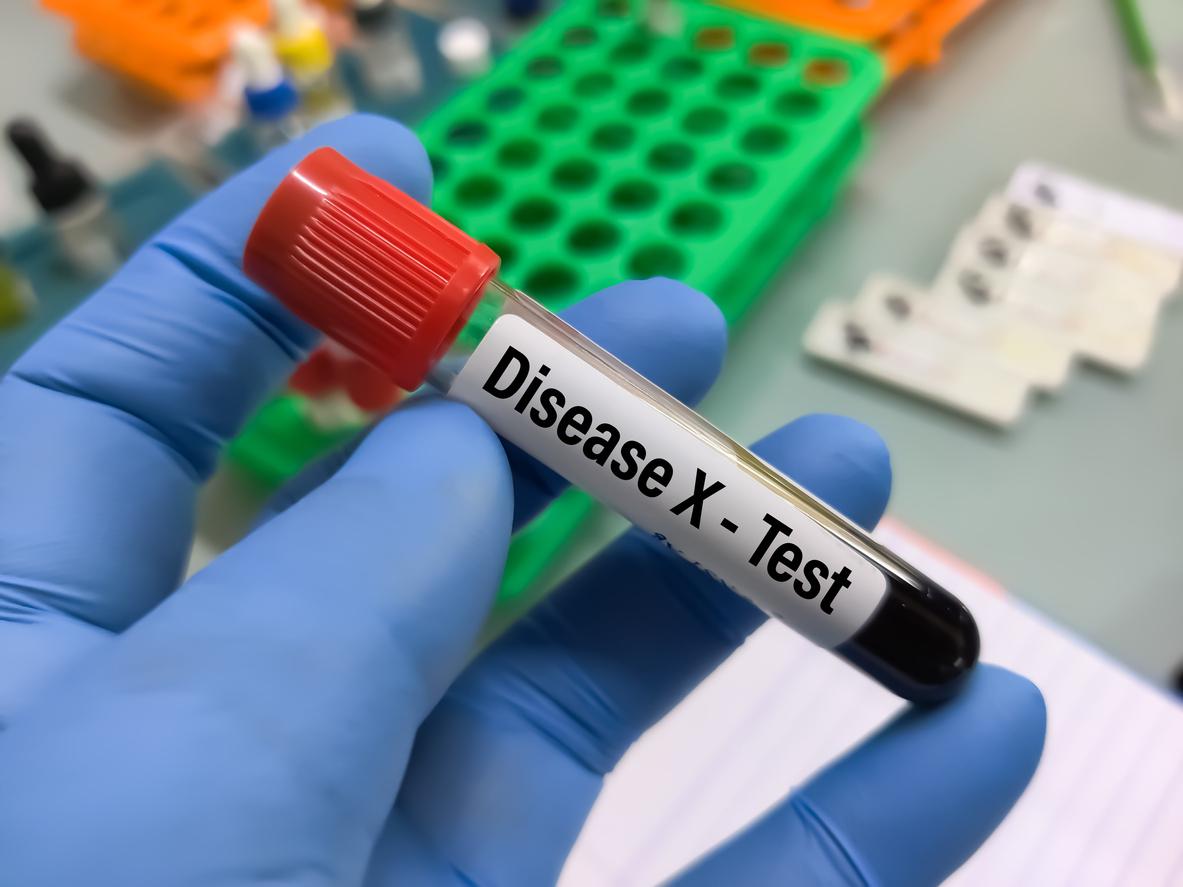The World Health Organization has just hailed a “historic milestone in the global fight to eradicate the polio virus” as Southeast Asia is now polio-free. India, which was the last country where polio cases persisted, has just celebrated its third year without new cases of polio.
“It was a real challenge that we took on because India has almost 170 million children under the age of 5 who needed to be vaccinated. And we also have to deal with unsanitary conditions, including impure undrinkable water, which have helped the polio virus to proliferate in the country,” said Deepak Kapur of India’s National Polio Control Committee.
Polio: it mainly affects children under 5 years old
“This milestone means that 80% of the planet is now officially polio-free, although the disease is still endemic in Afghanistan, Nigeria and Pakistan,” the WHO insisted.
Polio mainly affects children under 5 years old. The virus is transmitted through food and water contaminated with the virus and multiplies in the intestine. It can then invade the nervous system, causing paralysis in one out of 200 cases.
Southeast Asia is the fourth of the 6 regions listed by the WHO to be declared polio-free, after the Americas (North and South), Europe and the Western Pacific. There remain the Eastern Mediterranean and Africa, which aim to eradicate the virus by 2018.
In 1998, 350,000 polio cases were recorded. In 2012, the number of cases fell to 223. But last year there was a sharp increase in polio cases with 406 new infections. An increase mainly due to the interruption of vaccination campaigns in conflict regions. Thus in Syria, 25 cases of polio were recorded in March 2014 while the virus had disappeared from the country since 1999.















